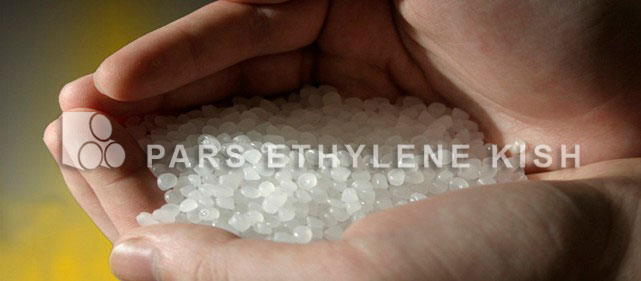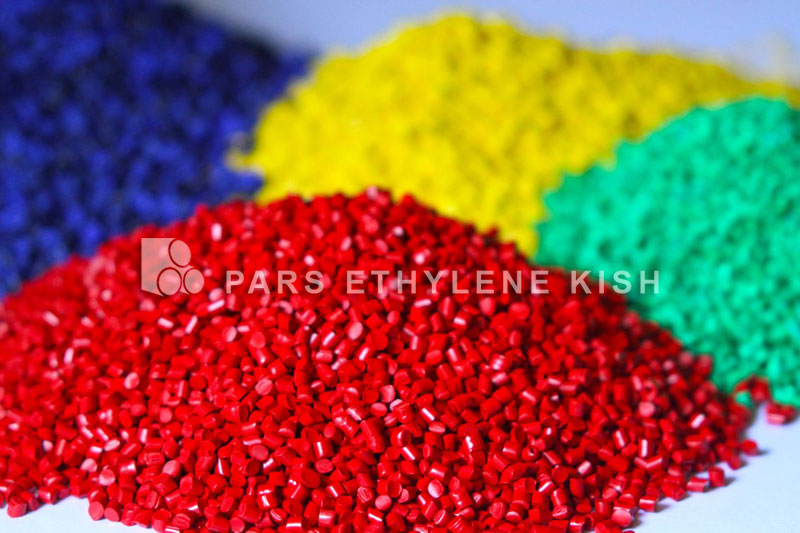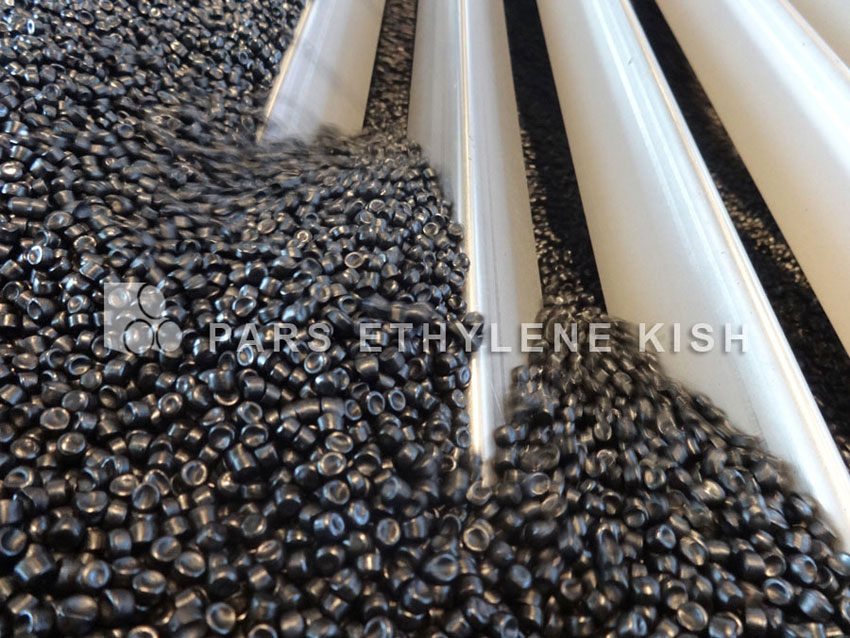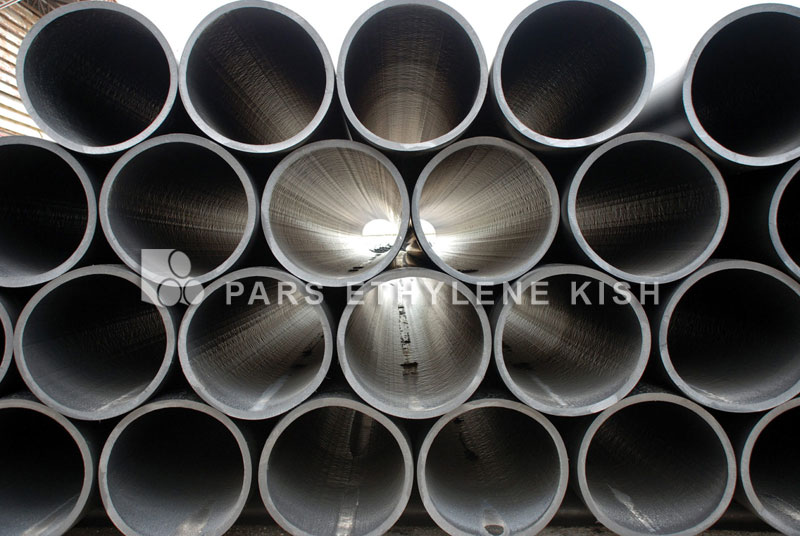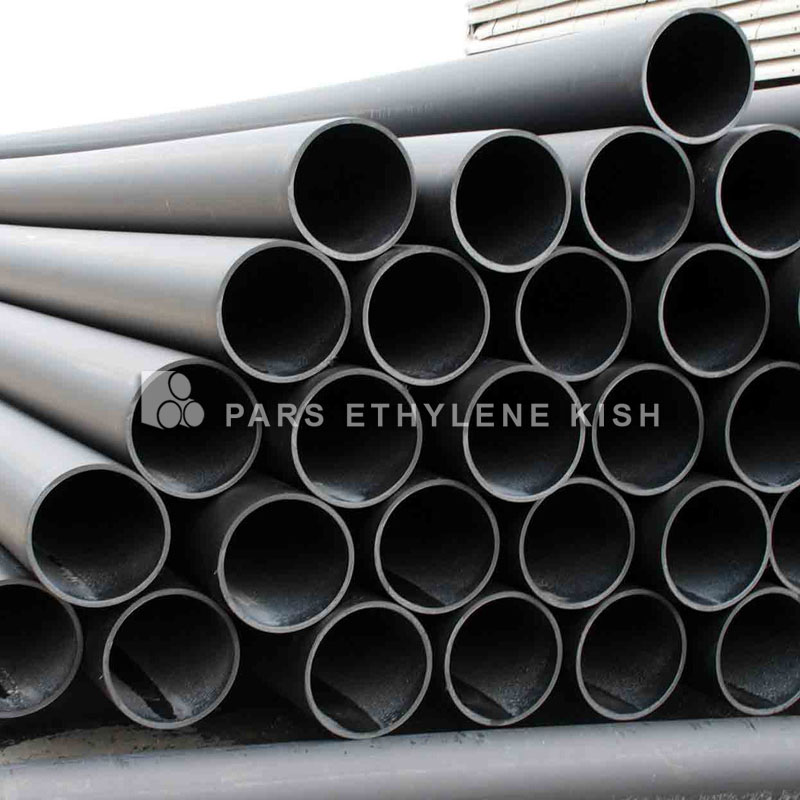
Polyethylene Pipe Grades
Differences in grades of PE63, PE80 and PE100 in polyethylene pipes
If we want to describe the PE100, PE80, and PE63 polyethylene grades in a simple and general sentence we should know that the PE63 means that the intended polyethylene pipe is capable of tolerating water transfer at a temperature of 20 ° C under pressure of 63*10^5 Pascal, that is 63 atmospheres for 50 years. Or when we say that the PE80, we mean that the intended polyethylene pipe is capable of tolerating water transfer at 20 degrees Celsius under pressure of 80 atmospheres for 50 years, and the same for PE100.
Therefore, various types of polyethylene grades point to the effect of long-term erosive stress. Let's briefly summarize the difference between these three grades:
Polyethylene Grade PE63
Polyethylene grade PE63 is currently outdated due to the lack of cost efficiency because the density of this grade is lower than the other polyethylene grades and as the density and volume have a reverse relationship, the polyethylene pipe produced by this grade is more massive and thicker and more materials are consumed that is not naturally justifiable for manufacturers and consumers.
Polyethylene Grade PE80
Polyethylene grade PE80 has become popular since manufacturers saw a decrease in thickness and increased density, so they could produce polyethylene pipes at lower cost and with higher and pressures.
Polyethylene Grade PE100
Polyethylene grade PE100 is one of the newest types of polyethylene materials, which are also the best-quality ones; these are able to withstand extreme pressure at a lower thickness which can even withstand unimaginable ultraviolet rays with lower production costs.
Regarding the above, it should be noted that when the manufacturer of polyethylene pipe and fittings recommends PE100 grade to customers asking for PE80 grade, it not only doesn’t violate the customer's taste, but it is a better, more durable and high quality product which is more cost effective. In fact, by doing so, the manufacturer is sticking to the customer-orientation principles.

